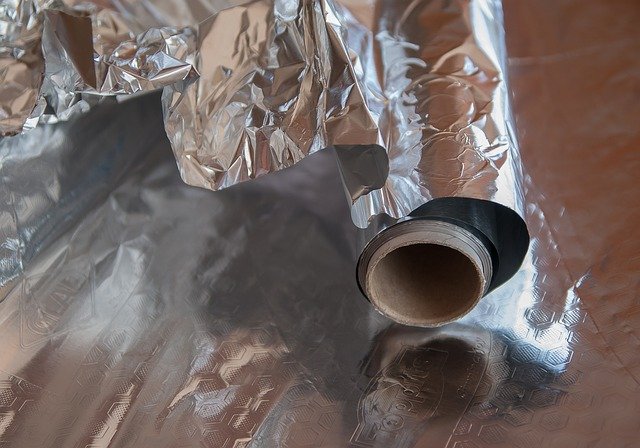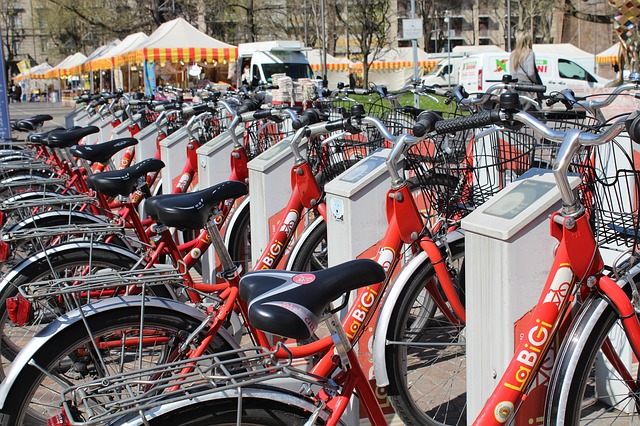
Eco-Friendly initiatives used to be quite a naive idea in the business world. Just a few years ago, going green and sustainable was something that only niche or forward-thinking companies would promote. However, in today’s era, sustainable or eco-friendly measures are no longer unusual but a new standard for companies worldwide. In terms of industrial impacts on the environment, one of the biggest culprits is the packaging material and accessories that tag along with products. We all know how important and urgent it is to reduce our environmental impact. Many businesses are switching to more sustainable ways of doing business. There is a constant search for the best packaging options. In this blog, we will review some of the eco-friendly packaging options that sustainable companies can opt for; these include metal tin containers and cans, corrugated bubble wrap, cardboard packaging, and recycled plastic options.
Before we get into explaining the best sustainable packaging options, we need to know what is sustainable packaging? The term refers to the sourcing and development of packaging solutions that have a minimal carbon footprint and a sustainable product life cycle. In easy words, sustainable packaging is earth-friendly packaging that does not harm the environment and reduces the depletion of natural resources.
Metal tin containers
Metal tin containers have been around in the industry for a long time. Tin coated steel was traditionally used to package all sorts of goods, from food, cosmetics, and more. Then came the eraof aluminum, which is now widely used across the board for product packaging. Aluminum is a lightweight, strong, widely available, and inexpensive material. Since it is 100% recyclable, it is an outstanding sustainable and eco-friendly choice over other packaging materials. It is commonly used for food packaging and home care goods. Aluminum is also BPA free, making it an ideal choice for food companies to pack their food and beverages in aluminum tin containers.
Aluminum has other advantages that make it one of the dominant choices in the sustainable packaging industry. It can be recycled again and again without any degradation in its quality. Its low melting point is one reason that makes it one of the most energy-efficient materials to recycle. It is estimated that only 5% of energy is required to recycle aluminum compared to extracting aluminum from raw virgin ore. Recycling aluminum reduces a tremendous amount of industry carbon footprint and proves to be a better financial option as well. Furthermore, owing to their malleable yet strong characteristics, they can easily be molded into different shapes and sizes. Companies can make custom tins and add a whole new look and meaning to their product line with minimal added costs.
Corrugated bubble wrap
Besides aluminum, many other packaging materials have emerged that promote green and sustainable businesses. For example, “corrugated bubble wrap.” We all are familiar with plastic bubble wrap package, our favorite packaging as kids, which protects fragile goods during shipping. It is fun to play with, but it is not an eco-friendly material as it is made of plastic. The good news is that corrugated bubble wrap is replacing the traditional plastic bubble wrap. Corrugated bubble wrap is made from shredded corrugated, usually made from the unusable portion of our corrugated sheets after they are cut into shipping boxes. So, corrugated bubble wrap is 100% recycled, but most of it is upcycled. This helps to lessen the burden on landfills and reduces the carbon footprint of the packaging industry.
Cardboard packaging
Another option that can help companies practice green and sustainable movements is the use of recycled cardboard and paper. Cardboard has been used for decades to make boxes and store items in them. While cardboard and paper are organic materials, they can have a significant impact on the environment if they are notsustainably sourced and overused. They can generate a considerable amount of carbon footprint. Luckily, paper and cardboard are some of the most recyclable materials as compared to other packaging materials. Toensure a company uses sustainable packaging materials, it is better to use post-customer or post-industrial recycled paper and cardboard.
Recycled plastic
Indeed, sometimes it is not possible to avoid plastic packaging. No matter how controversial plastic is, shipping some products requires plastic packaging. In these circumstances, companies should select plastic made up of 100 percent recycled plastic; this may be a slightly more expensive option, but the environmental cost of virgin plastic is hefty. Recycled plastic, apart from its environmental benefits, is also fantastic for the brand’s image. Many customers are now conscious of their carbon footprint. A product that is made from recycled plastics is sure to stand as a marketing campaign and gain interest from these customers.
Many businesses and companies are now improvising with new ways and designs to produce their product and package it in such a way as to lessen their environmental footprint. There are plenty of ways to go green with packaging, and the right approach depends on a company’s business. More and more eco-friendly packaging alternatives are coming up in the market at competitive prices. The sustainable and eco-friendly badge on brand name is becoming mainstream, and many intelligent business owners are making the change today to stay ahead.



